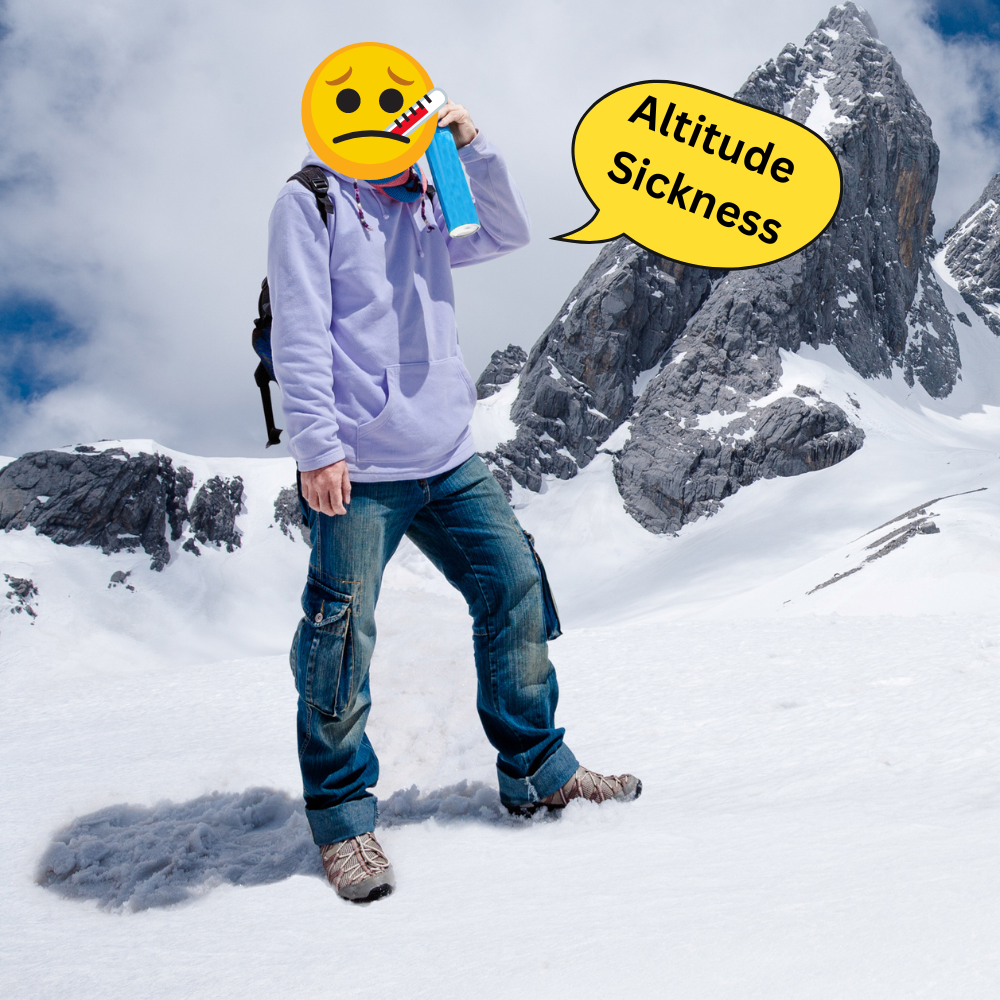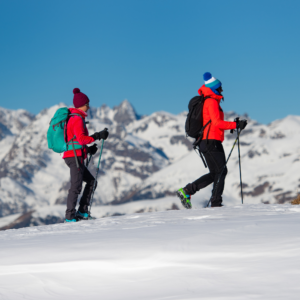How to Handle Altitude Sickness While Trekking in Nepal
September 13, 2024 admin

Trekking in Nepal’s breathtaking Himalayas is an amazing experience, but high altitudes can lead to altitude sickness. In this guide, we’ll cover how to handle altitude sickness while trekking in Nepal. We’ll explain what altitude sickness is, how to spot the symptoms, and give you practical tips on preventing and managing it. Whether you’re new to trekking or a seasoned pro, this guide will help you stay safe and make the most of your adventure.
What Is Altitude Sickness?

Altitude sickness happens when you climb to high altitudes too quickly. Your body needs time to adjust to the lower oxygen levels, and without this adjustment, you might start feeling unwell. The sickness can range from mild symptoms, like headaches and tiredness, to severe conditions that need urgent medical attention.
Spotting the Symptoms
Look out for these common signs of altitude sickness:
- Headaches
- Feeling tired
- Loss of appetite
- Nausea (feeling sick to your stomach)
- Trouble sleeping
- Dizziness
- General feeling of being unwell
Recognizing these symptoms early can help you manage the condition better.
What Increases Your Risk?
Several factors can make altitude sickness more likely:
- Quick Ascent: Climbing too fast doesn’t give your body time to adjust.
- Personal Sensitivity: Some people are more likely to get altitude sickness, based on their body’s response.
- Altitude Level: The risk increases as you go above 3,000 meters (10,000 feet).
- Dehydration: Not drinking enough water can make symptoms worse.
- Exertion: Too much physical effort can add to the problem.
How to Prepare for Your Trek
To reduce the risk of altitude sickness, follow these tips:
Get Fit Before You Go
Improve your fitness by doing cardio exercises like running, hiking, or cycling. This helps your body cope with the physical demands of trekking at high altitudes.
Climb Slowly

Ascend gradually to give your body time to adjust. Try not to increase your altitude by more than 500 meters (1,600 feet) per day once you’re above 2,750 meters (9,000 feet). Include rest days in your trek to help with acclimatization.
Stay Hydrated
Drink plenty of water—about 2-3 liters a day—even if you don’t feel thirsty. Good hydration helps your body adapt to high altitudes and can lessen the symptoms of altitude sickness.
Eat Well
A balanced diet is important for energy and overall health. Eat plenty of carbohydrates for sustained energy. Snacks like Snickers can give a quick boost but should be eaten in moderation.
Medications
Before your trek, talk to your doctor about altitude sickness. They might suggest medications like Diamox (acetazolamide) to prevent or treat symptoms. Ibuprofen can help with headaches.
Avoid Alcohol and Smoking
Both alcohol and smoking can make altitude sickness worse by dehydrating your body and impairing your ability to adjust to the altitude. It’s best to avoid them.
Dealing with Altitude Sickness on the Trail
If you start feeling sick, here’s what to do:
Rest and Descend if Needed
If you experience symptoms, take a break and rest. If your condition doesn’t improve, you may need to descend at least 300 meters (1,000 feet) to help with recovery.
Talk to Your Trekking Group
Let your guide and fellow trekkers know how you’re feeling. They can support you and help you decide the best course of action.
Use Oxygen if Necessary
In severe cases, supplemental oxygen can help. Many trekking companies carry oxygen cylinders for emergencies, so check their availability.
Know Emergency Procedures
If altitude sickness becomes serious, emergency evacuation might be necessary. Make sure your trekking agency has a plan for emergencies and can provide quick medical help.
Best Times to Trek in Nepal
The ideal times to trek in Nepal are from March to May and October to November. These months offer good weather and clear views. Avoid the monsoon season (June to September) due to heavy rain and landslides, and be cautious during the colder months (December to February) when temperatures drop.
Final Tips
Proper preparation is key to a successful trek. By following these guidelines, you can reduce the risk of altitude sickness and enjoy the incredible beauty of Nepal’s Himalayas. Choose a reliable trekking agency and be prepared for the high-altitude adventure ahead!
If you need any help about visiting different beautiful places of Nepal, don’t hesitate to reach out to Luxury Holiday Trek. We’re here to make sure your Nepal Trip is an unforgettable experience. Contact us at +977 984-3254676.










